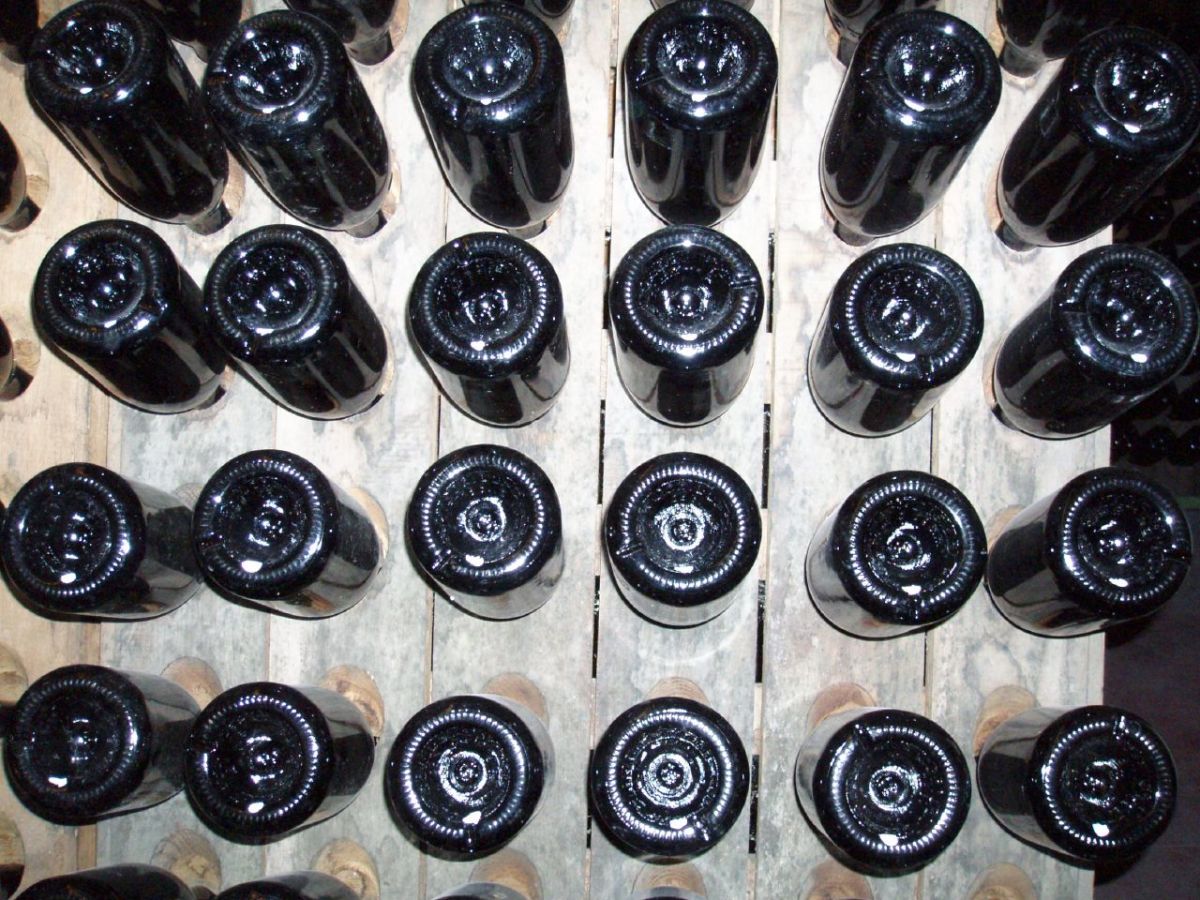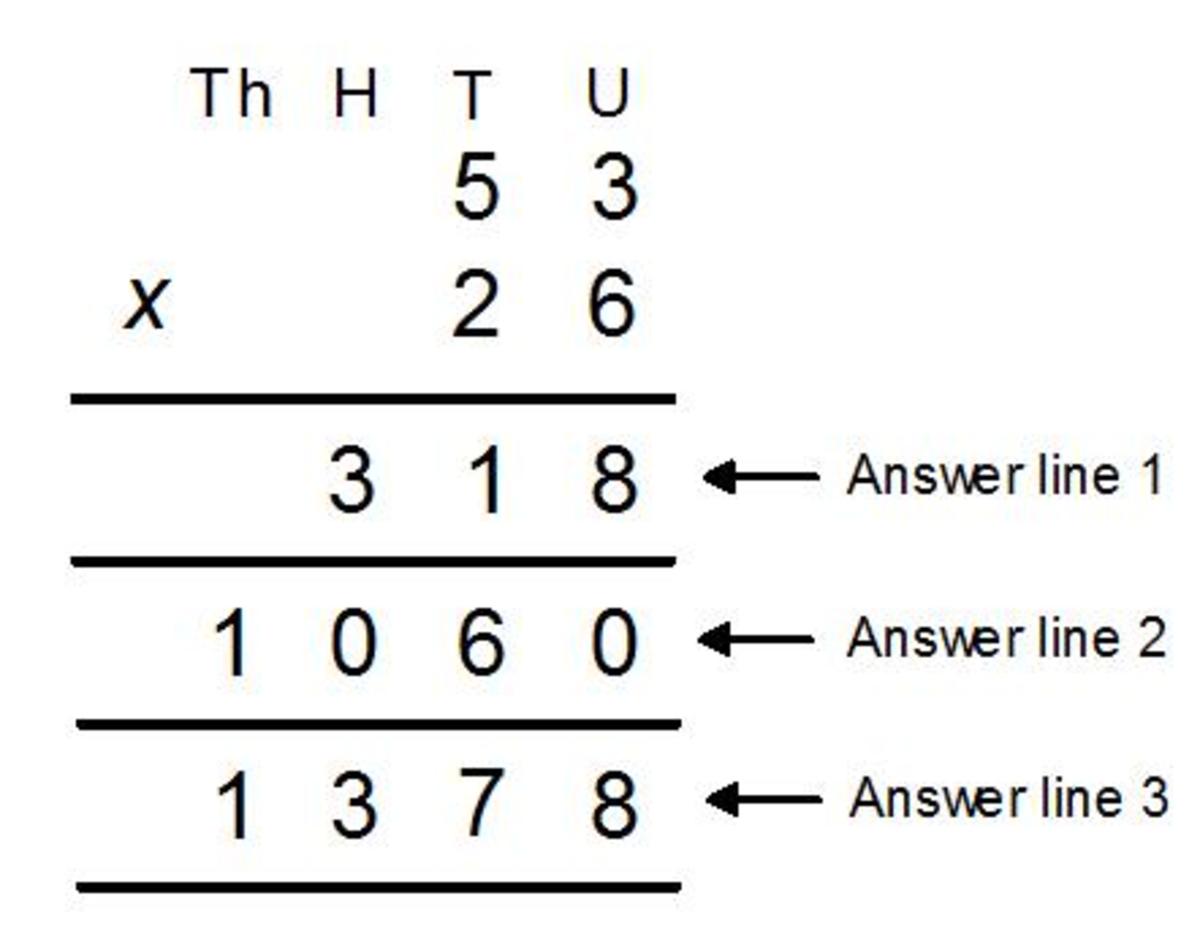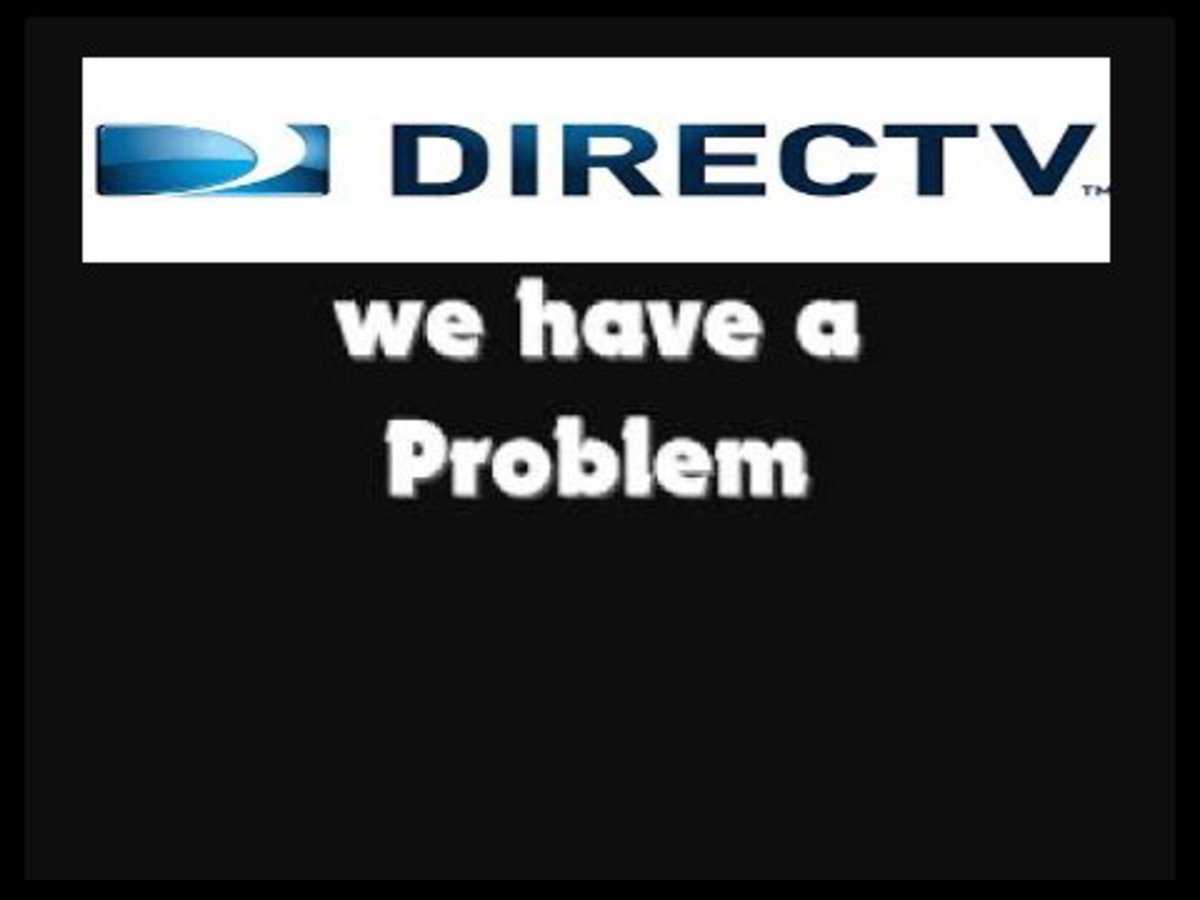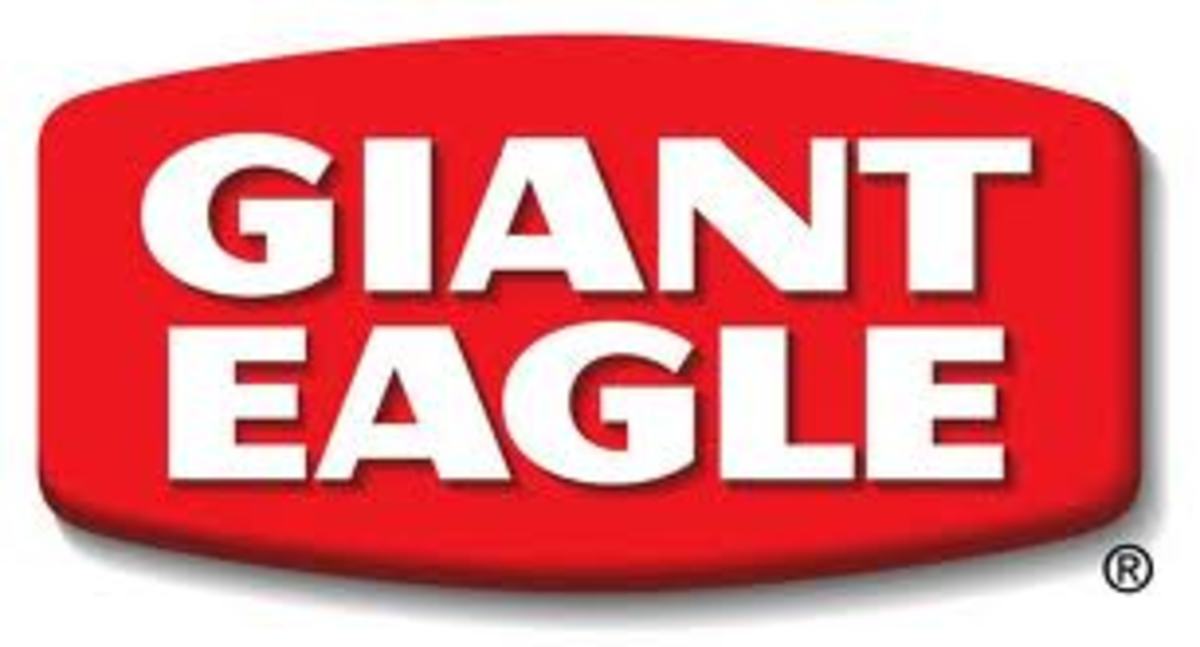Decoding Bar Codes
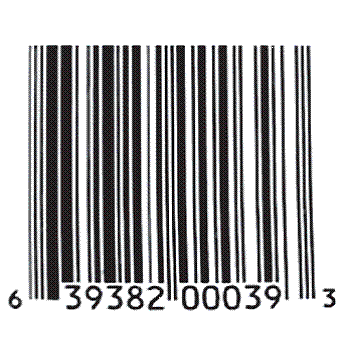
Nowadays, every product available in major grocery stores comes with a barcode. Have you ever wondered what these codes are and what they mean? Let's take a loo
EVERY product that comes with a UPC
code (Universal Product Code) or barcode
is scanned and decoded to reveal
information about it at the time of its
purchase. A barcode can be scanned
through the use of various technologies
like laser scanners, CCD (Charge Coupled
Device) readers and camera based
readers.
Each UPC symbol has two parts viz.
the machine-readable bar code and the
human-readable 12-digit UPC number.
The first six digits are manufacturer
identification numbers whereas the last
five digits are the product numbers.
In the image below we see that 639382
are manufacturer numbers whereas
00039 are the product numbers. The UPC
Co-ordinator, is responsible for assigning
product numbers while making sure that
same codes are not assigned to other
products.
The last digit on a UPC code is called
a check digit. This digit helps the scanner
check whether it scanned the digit
correctly. We now see how the check digit
is calculated for the other 11 digits on the UPC. We use the
image below as an
example.
First you will
have to add all
digits placed in
odd positions i.e.
6 + 9 + 8 + 0 + 0
+ 9 = 32
Multiply the
number by 3, i.e.
32 * 3 = 96
Now, add all
digits placed in
even positions i.e. 3 + 3 + 2 + 0 + 3 = 11
Add this sum to the value in step 2 i.e.
96 + 11 = 107
You will now have to add a number
to the result in step 4 such that the
number is a multiple of 10. For example
107 + 3 = 110.
Therefore 3 is the check digit.
Whenever a scanner scans a product,
the same calculation is performed. If
the check digit calculated differs from
the check digit it read, the scanner will
assume that something went wrong and
the product will be rescanned.
BAR CODE READERS
THE latest bar codes readers which are
used in grocery stores to decode product
bar codes are camera based. These
readers use a tiny video camera that
captures an image of the bar code.
The video camera used in a bar
code reader device has hundreds of
rows of sensors that arranged in a two
dimensional array to generate an image.
Once the image has been captured, the
reading device will use a digital image
processing technique to decode the bar code and find out the product id and its
assigned price.
The laser based bar code readers
generally use light sensors to measure
the intensity of the digital bar code that
it scans through. These readers are lined
with small yet powerful sensors, which
generate voltage on the bases of the
intensity of the bar code being scanned.
To create a readable bar code, the print
contrast between dark and light bars
should be adequate. Also the bar code
should have sharp bar edges, less spots
and smooth surface to make it readable.

